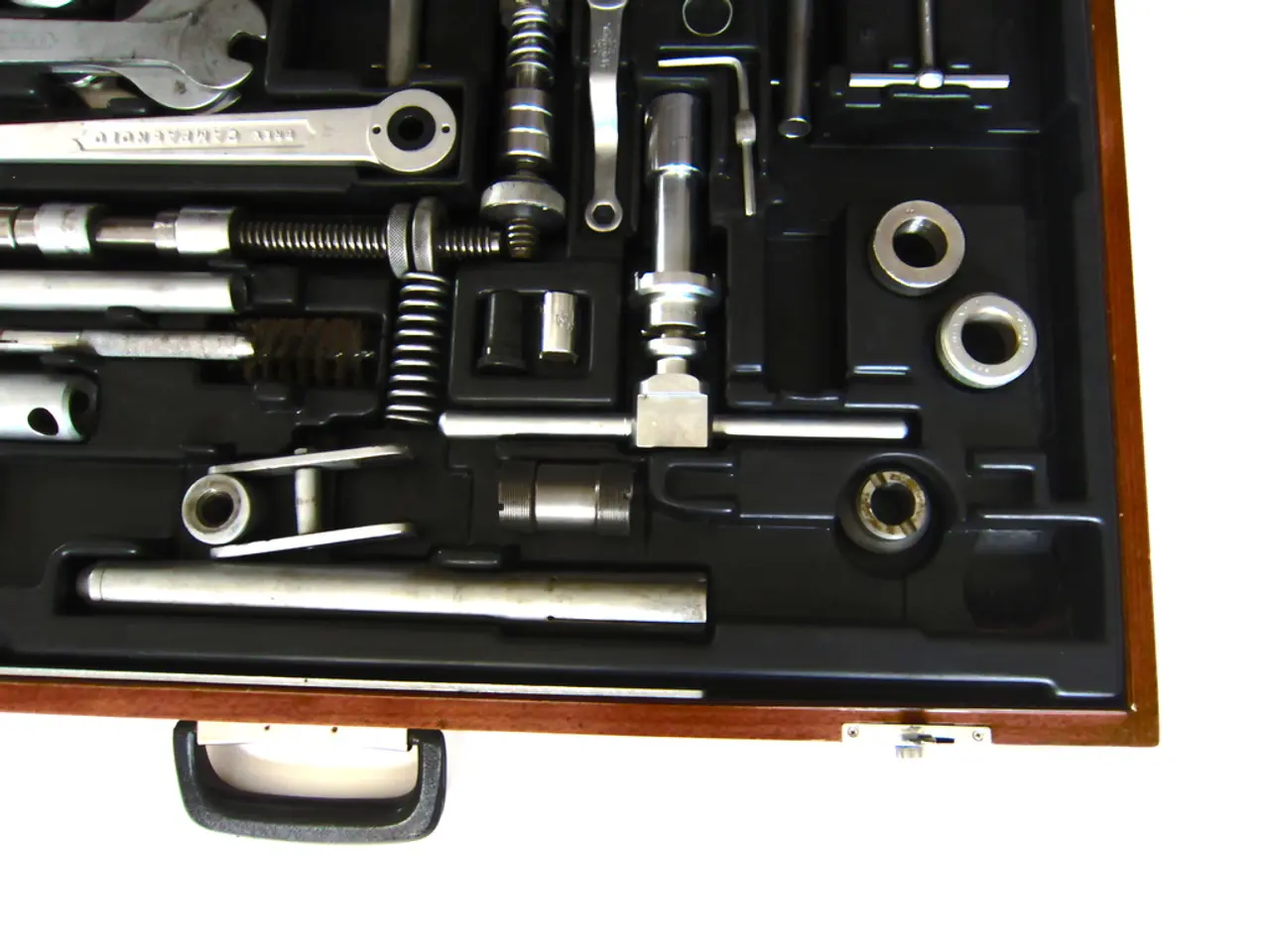Unraveling the Complexity of Microphones: Beyond the Basics of Point and Shoot
Shotgun microphones, renowned for their directional audio capture, are a staple in the world of filmmaking and broadcasting. These microphones are designed to focus sensitivity on sounds directly in front of them while rejecting audio from the sides and rear, making them ideal for isolating desired sound sources in noisy environments [1][3]. However, the aiming of a shotgun microphone significantly affects its sound quality, as we will explore.
How Aiming Affects Sound Quality
- Directional Pickup: When a shotgun microphone is aimed directly at the sound source, it maximizes the capture of the desired audio. This focused pickup is particularly useful in environments with high background noise, as it helps to isolate the main sound source from ambient noise [1][3].
- Background Noise Reduction: Incorrectly aiming a shotgun microphone can lead to increased background noise pickup. If the microphone is not directed precisely at the sound source, it may capture more unwanted ambient sounds, reducing the overall sound quality [1].
- Off-Axis Sound: High-quality shotgun microphones like the Sennheiser MKH-8060 are designed to provide undistorted off-axis sound, meaning that even when the microphone is not perfectly aimed, it can still capture clear audio with minimal distortion [2].
- Environmental Considerations: In outdoor environments or areas with strong winds, the aiming of a shotgun microphone can be combined with wind protection measures. For example, using wind screens can help reduce wind noise and vibration, ensuring clearer recordings [4].
Best Practices for Aiming Shotgun Microphones
- Precise Aiming: Always aim the microphone directly at the sound source to maximize sound quality.
- Use of Accessories: Employ wind screens or other protective gear in windy conditions to maintain sound quality.
- Environmental Awareness: Understand the acoustic properties of the recording environment to adjust microphone placement accordingly.
By combining precise aiming with the appropriate use of accessories and environmental awareness, users can optimize the performance of shotgun microphones in diverse sound environments.
It's also important to remember that construction and porting in microphones can create cancellation of certain frequencies in the sound field. Therefore, proper axis and direction orientation are beneficial for microphones to avoid sound mismatch with the picture.
In the realm of broadcasting, the A1 sound mixer, with their wealth of experience, often requests for more microphone. Humour them, as they know why it's necessary. The materials and technology of modern microphones can provide a close-to-perfect representation of a sound field, but electronics are still used to shape aspects of a sound field through cancellation, equalization, and electronic manipulation.
In conclusion, capturing sound remains a mystery, but with the right techniques and equipment, we can come closer to replicating the richness and complexity of the sound environment. From the initial analog capture to the digital broadcasting signal, the sound field is a blend of direct and reflected sound waves, each with its own intensity and role in the overall mix. Stereo shotgun microphones may have issues with the left/right and up/down orientation, particularly on handheld cameras, but with careful placement and use of accessories, these challenges can be overcome. Ultimately, great sound mixers prioritize clean capture and proper sonic blend, ensuring that the soundtrack of life is faithfully represented.
- In the realm of television production, shotgun microphones are essential tools, offering 4k digital media a natural and clear audio track that complements the visual content, especially in sports broadcasts.
- Aiming a shotgun microphone is crucial in capturing the desired audio, as it significantly impacts the quality of the audio recording, particularly when isolating sound sources from background noise.
- The Sennheiser MKH-8060, a high-end shotgun microphone, boasts undistorted off-axis sound, offering flexibility in aiming to capture audio with minimal distortion.
- Environmental factors like wind and background noise can affect sound quality, necessitating the use of protective gear like wind screens or adjusting the microphone's placement to maintain sound quality.
- To optimize the use of shotgun microphones, one should always aim the microphone directly at the sound source, employ protective gear when necessary, and be aware of the acoustic properties of the recording environment to ensure a clean and accurate audio representation in various lifestyles and technology-dependent areas, such as television, sports, and media.




